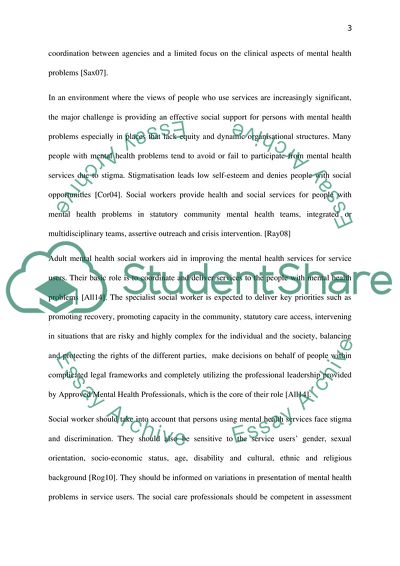Cite this document
(“The Main Focus Of Social Work Practice On Minimizing Risk when Working Literature review”, n.d.)
The Main Focus Of Social Work Practice On Minimizing Risk when Working Literature review. Retrieved from https://studentshare.org/social-science/1829242-to-what-extent-should-the-main-focus-of-social-work-practice-be-on-minimising-risk-when-working-with-service-users-who-use-mental-health-services
The Main Focus Of Social Work Practice On Minimizing Risk when Working Literature review. Retrieved from https://studentshare.org/social-science/1829242-to-what-extent-should-the-main-focus-of-social-work-practice-be-on-minimising-risk-when-working-with-service-users-who-use-mental-health-services
(The Main Focus Of Social Work Practice On Minimizing Risk When Working Literature Review)
The Main Focus Of Social Work Practice On Minimizing Risk When Working Literature Review. https://studentshare.org/social-science/1829242-to-what-extent-should-the-main-focus-of-social-work-practice-be-on-minimising-risk-when-working-with-service-users-who-use-mental-health-services.
The Main Focus Of Social Work Practice On Minimizing Risk When Working Literature Review. https://studentshare.org/social-science/1829242-to-what-extent-should-the-main-focus-of-social-work-practice-be-on-minimising-risk-when-working-with-service-users-who-use-mental-health-services.
“The Main Focus Of Social Work Practice On Minimizing Risk When Working Literature Review”, n.d. https://studentshare.org/social-science/1829242-to-what-extent-should-the-main-focus-of-social-work-practice-be-on-minimising-risk-when-working-with-service-users-who-use-mental-health-services.


